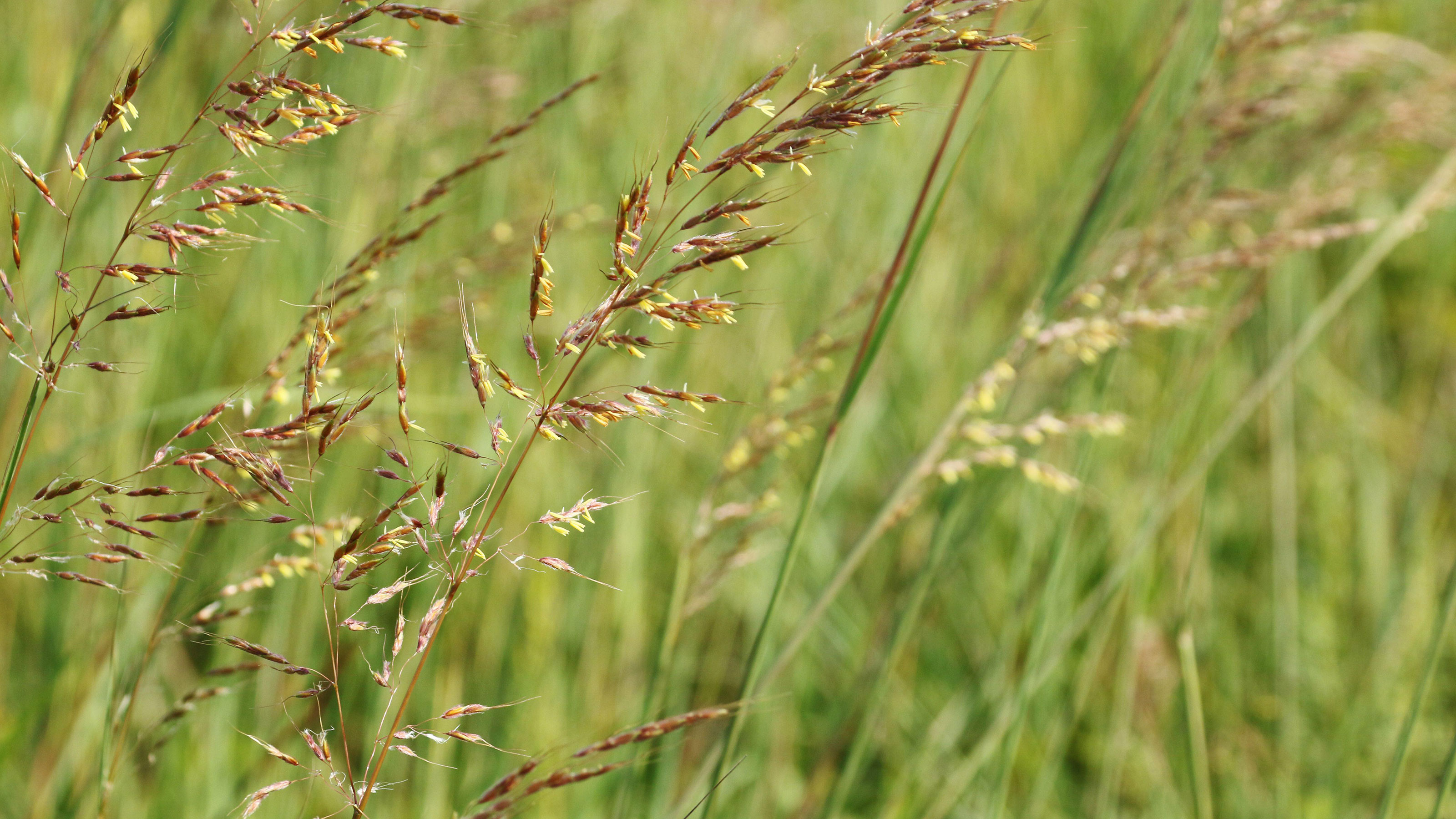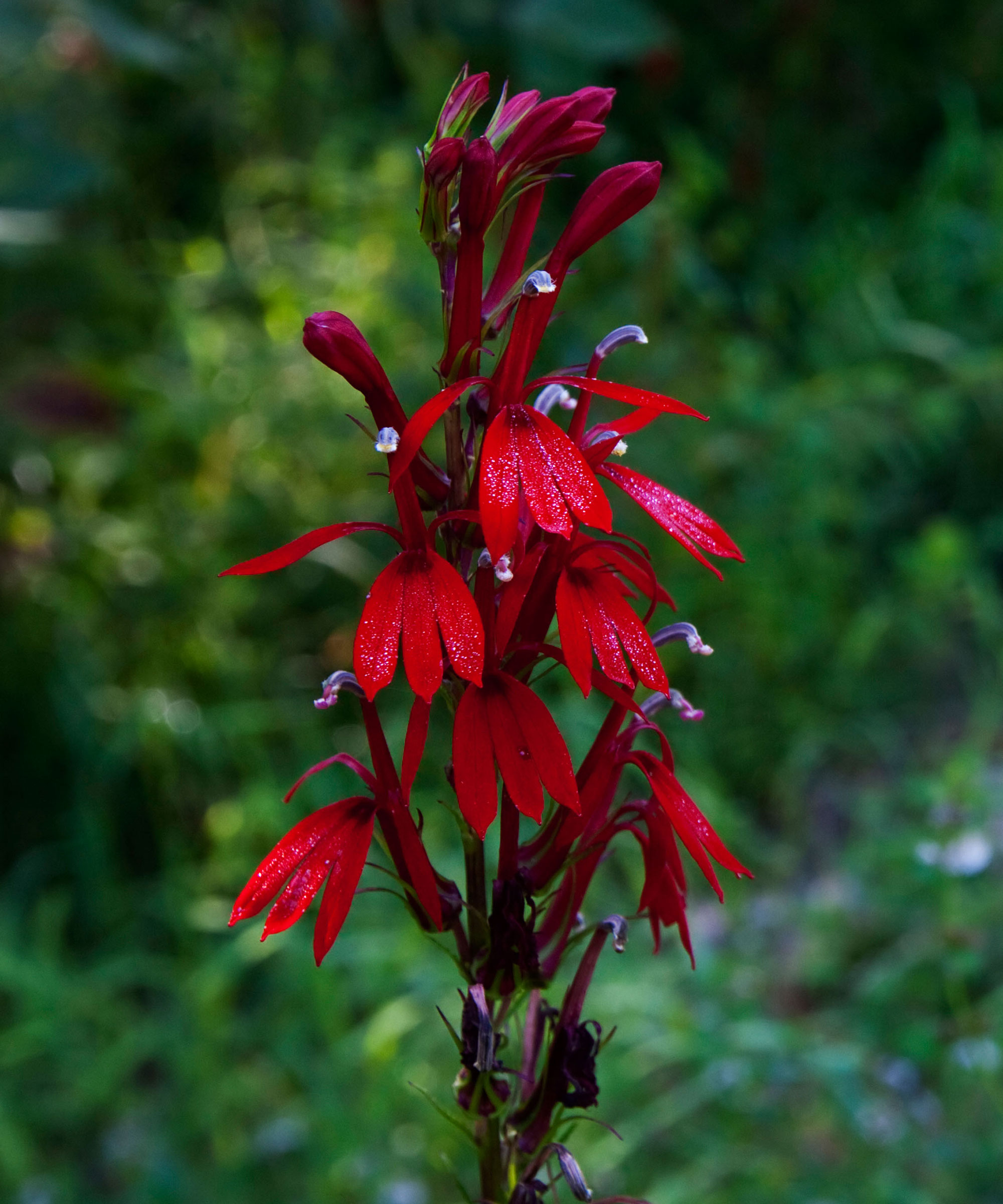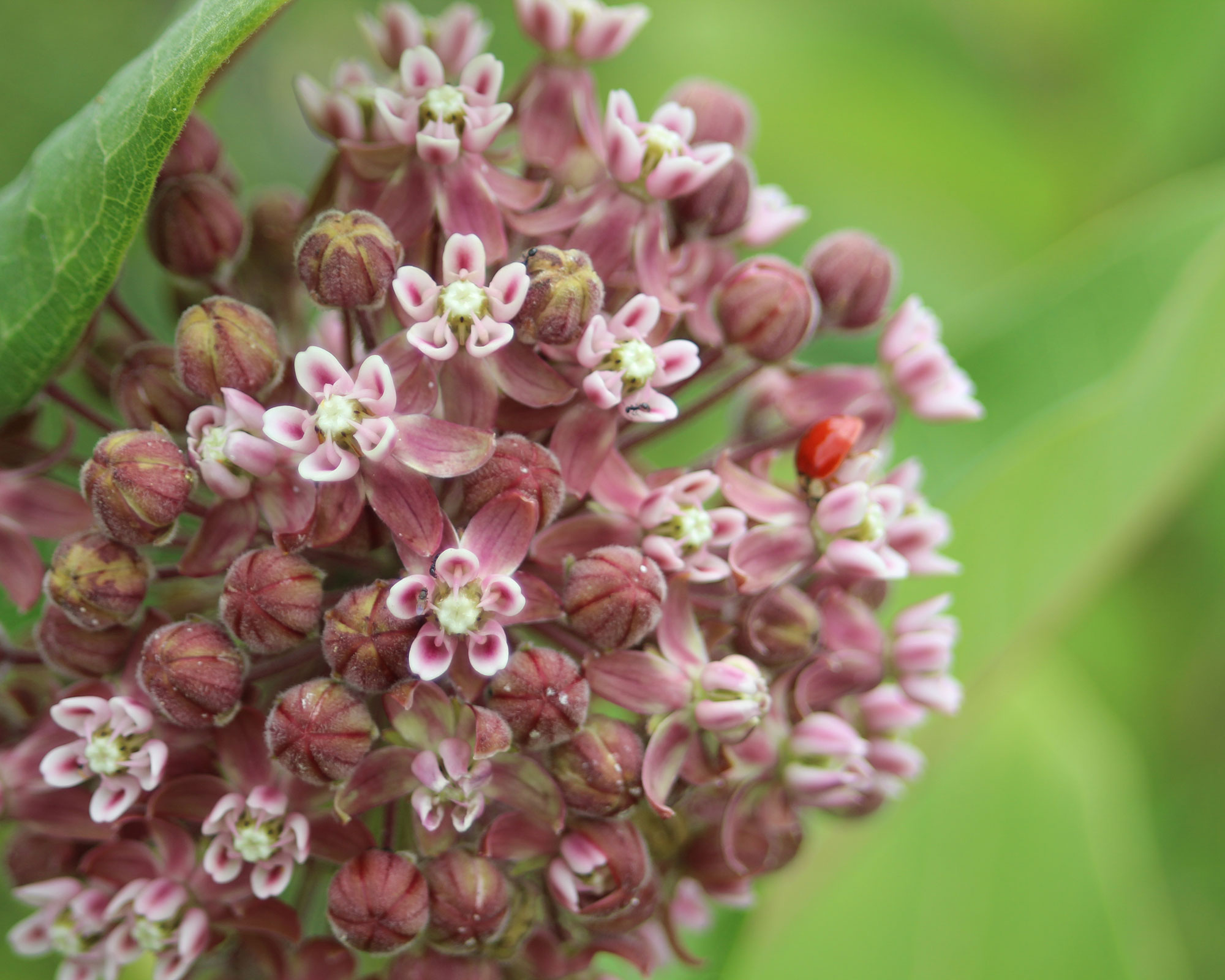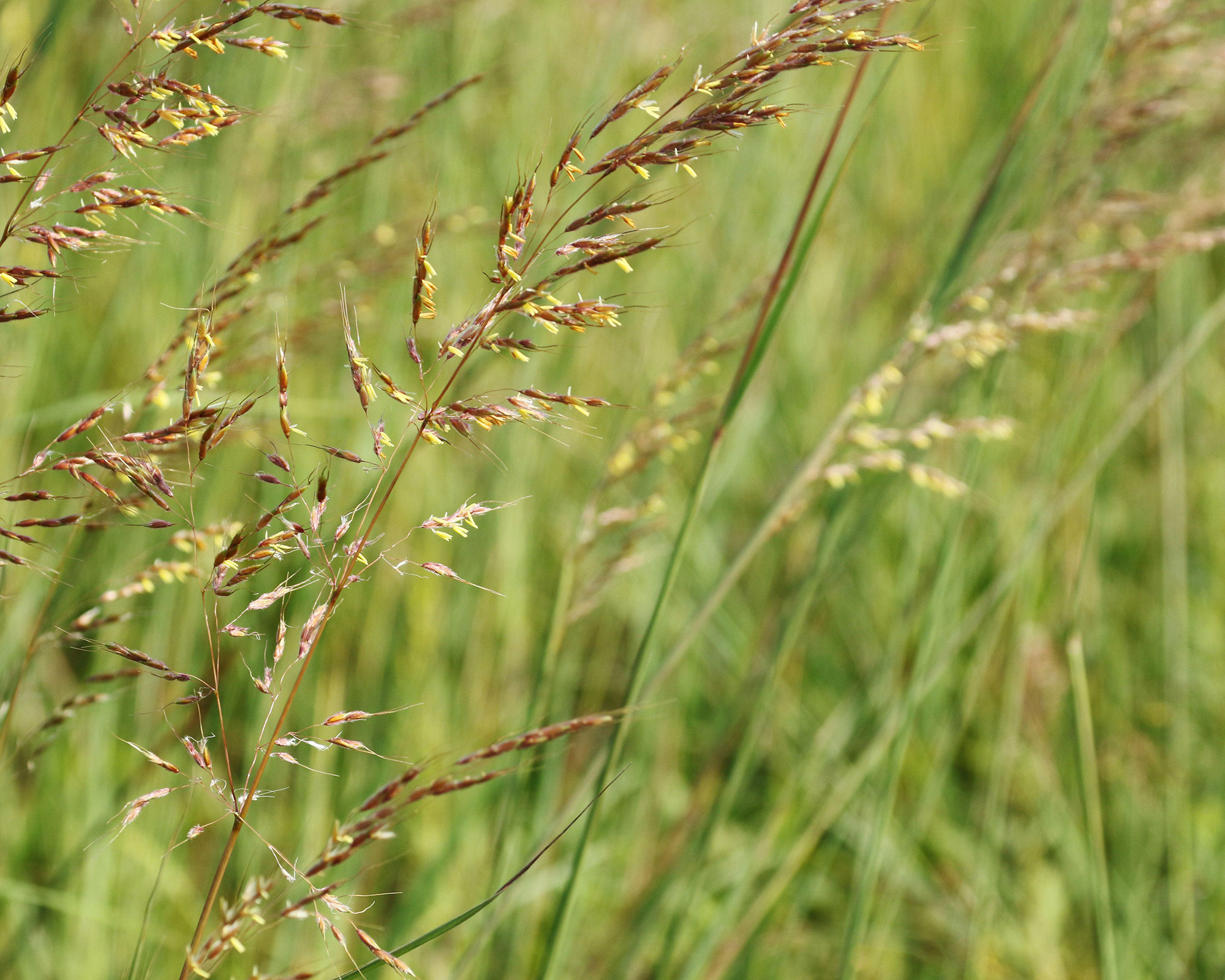Why native North American plants are the new way to garden
There’s now a huge interest in growing native species in a bid to protect precious varieties and keep gardening as sustainable as possible


Due to increasingly extreme weather patterns and longer, hotter summers caused by climate change, the interest in growing native species of plants that are better equipped to deal with these challenging conditions is on the up.
Expert gardeners Mark and Ben Cullen, leading advocates of the new fascination with raising native species across North America and Canada, say that gardeners should be aiming to plant at least 70 per cent of their garden in native species that range from grasses to ferns, trees, flowers and herbs to create more sustainable gardens and combat climate change.
'We call this a nature-based climate solution,' says Mark Cullen. 'These have countless add-on benefits that relate to an improved natural environment, ranging from increased bio-diversity to overall lower costs.'

Cardinal flower (Lobelia cardinalis)
Why the switch to native plants?
Mark and Ben explain that native plants grew naturally, before the Europeans arrived about 500 years ago. Native plants generally require less water, no winter protection, or insect and disease control.
Native perennials adjust to a warmer, drier climate by developing deeper root systems. They sequester more carbon into the soil. Native plants have the added benefit of supporting birds, insects, bees and butterflies that co-evolved with them, which increases biodiversity and resilience in the face of climate change. It's just one of the many ways that climate change is impacting the way we garden.

Common milkweed
Swap out for sustainable species
So where should you start if you want to go down this route for your own backyard? Try swapping out species recommended by the North American Native Plant Society (NANPS), including adding a native fern or sedge rather than a hosta for a shady spot, using locally collected seeds to fill gaps in cottage gardens instead of spending money on professionally raised perennials, and using big native types of ornamental grass such as Big Bluestem or Indian Grass to fill gaps at the back of sunny borders.
The beauty of gardening with native plants is that many species will pretty much look after themselves, so if you’re interested in how to plant a wildflower meadow, they’re a great choice.

Big Bluestem
Start with a single plant
Gardening with native plants can seem like a huge challenge, with lots of unfamiliar plant names and difficult questions about what is truly native to a particular area, says Ali Hayes, communications co-ordinator for the North American Native Plant Society.
'However, you don’t have to dig up your rose garden if you don’t want to. No-one is expecting you to pull up your whole lawn and cover the area with a prairie – at least not the first day. The best way to start is very small, maybe even with a single plant.'
Check out the North American Native Plant Society’s (NANPS) list for some great suggestions on easy swaps you can make.

Jayne Dowle is an award-winning gardening, homes and property writer who writes for publications including Sunday Times Home, Times Bricks & Mortar, Grand Designs, House Beautiful and The Spectator. She was awarded the Garden Journalist of the Year accolade at the Property Press Awards in 2021.
